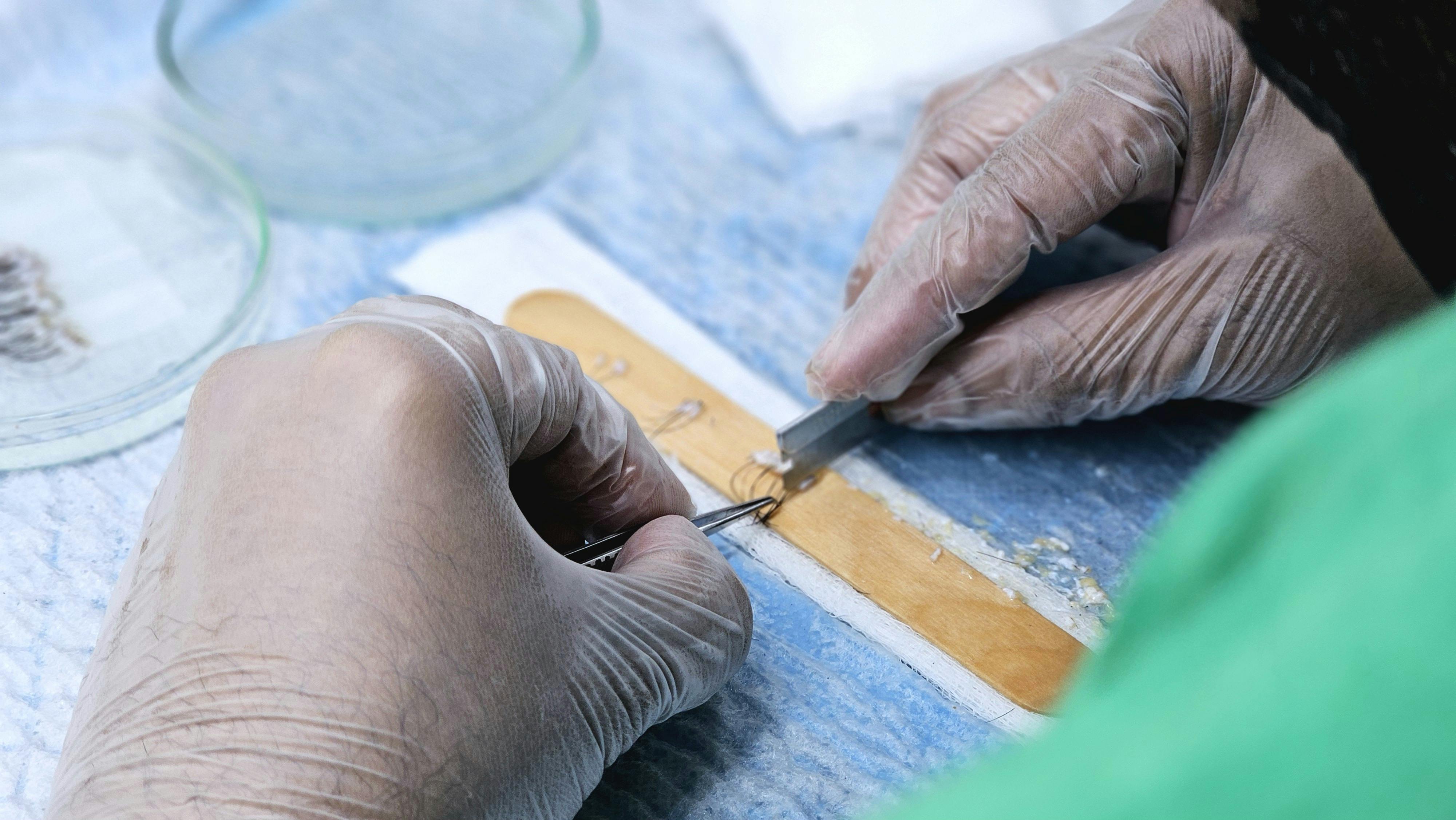Understanding the Science and Benefits of Hair Transplantation
Hair transplantation, a surgical technique that moves hair follicles from one part of the body to the balding part, is not a new concept. Since the late 1950s, physicians have been employing this technique to address hair loss issues. However, the procedure has evolved significantly over the years, with medical technology advancements introducing more efficient and less invasive methods. As a result, hair transplantation has gained popularity and acceptance. This article explores the science behind the process, its benefits, and the considerations one should bear in mind when considering this procedure.

The Evolution of Hair Transplantation Techniques
The first hair transplantation surgery was performed in the late 1950s by Dr. Norman Orentreich. He discovered that hair follicles from the back of the head, which are generally resistant to balding, could be moved to the balding areas and continue growing. This principle, known as donor dominance, forms the foundation of modern hair transplantation.
Originally, hair transplantation involved the use of large grafts, which often led to an unnatural look. However, the development of micro and mini-grafting techniques in the 1980s vastly improved the aesthetic results. The 1990s saw the introduction of Follicular Unit Transplantation (FUT), where small groups of 1-4 hairs, known as follicular units, were transplanted to create a more natural appearance.
In the early 2000s, the Follicular Unit Extraction (FUE) technique was developed. Unlike FUT, FUE involves extracting individual follicular units, thereby avoiding a linear scar and offering quicker recovery times.
The Modern Hair Transplantation Procedure
Today, FUE is the most commonly used hair transplantation technique. The procedure begins with the surgeon shaving the donor area, usually at the back of the head. Local anesthesia is then applied, and individual follicular units are extracted using a specialized tool. These units are then prepared under a microscope and transplanted to the balding area.
The procedure may take several hours, depending on the number of grafts required. Typically, patients can go home the same day. Over the next few weeks, the transplanted hair will begin to fall out – a normal part of the process. New growth starts after about three months, with most patients seeing significant improvement within six to nine months.
The Benefits of Hair Transplantation
Hair transplantation offers several benefits. Firstly, it provides a permanent solution to hair loss. Unlike topical treatments or medications that require ongoing use, a hair transplant offers long-lasting results.
Secondly, modern techniques such as FUE provide a natural-looking result. By transplanting individual follicular units, surgeons can recreate the patient’s original hairline and growth pattern.
Lastly, recovery from hair transplantation surgery is typically quick. Most patients can return to their normal activities within a few days, and side effects, such as swelling or discomfort, are generally mild.
Considerations Before Undergoing Hair Transplantation
While hair transplantation offers many benefits, it’s essential to have realistic expectations. Not everyone is a suitable candidate for the procedure. Factors such as the extent of hair loss, the quality of donor hair, and the patient’s overall health need to be considered.
Additionally, while hair transplantation can significantly improve appearance and self-confidence, it’s not a cure for hair loss. Some patients may require additional procedures in the future, particularly if their hair loss continues.
Lastly, as with any surgical procedure, hair transplantation carries some risks, including infection, scarring, and unnatural-looking results. Therefore, it’s crucial to choose a skilled and experienced surgeon to minimize these risks.
Embracing the Future of Hair Transplantation
The field of hair transplantation continues to evolve, with research focusing on improving techniques and outcomes. New developments, such as stem cell therapy and cloning, promise even more exciting possibilities in the future. However, for now, hair transplantation offers a proven and effective solution for many people struggling with hair loss. By understanding the science behind the process and carefully considering the benefits and risks, patients can make informed decisions about this life-changing procedure.




